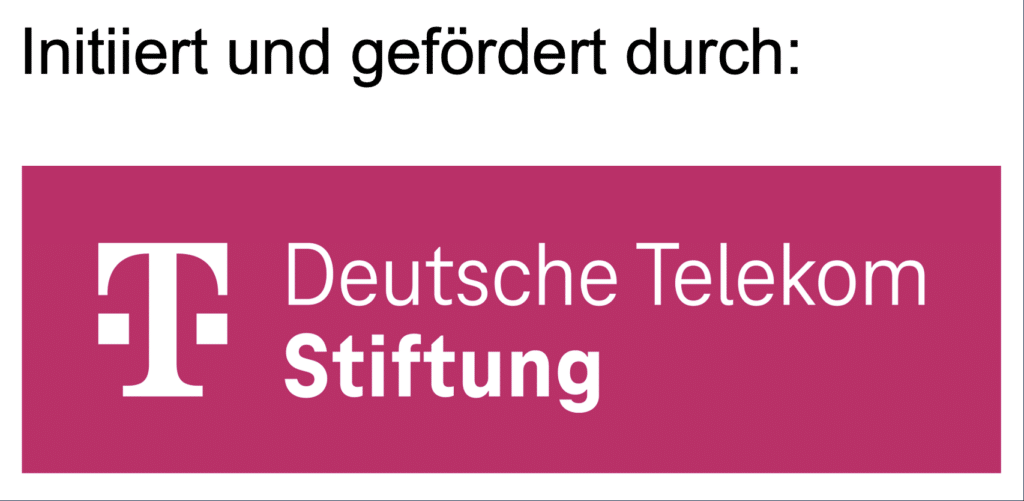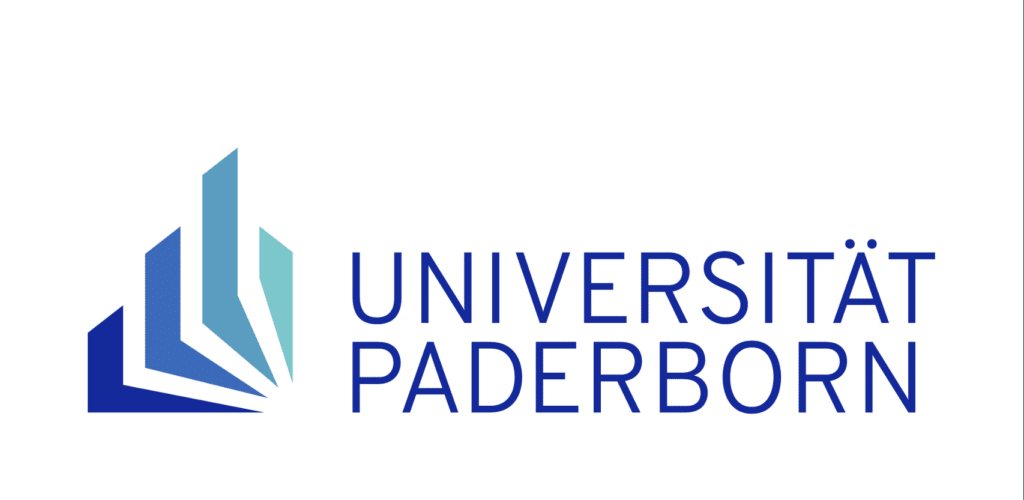Here you will find information on the Professional Development Course for Teachers “data science and artificial intelligence”.
Target Group and Requirements
The course is aimed at teachers of lower secondary school types who have already obtained a teaching qualification for lower secondary school and who teach or want to teach computer science in lower secondary school and who would like to include data science and ideas of data-driven machine learning and artificial intelligence in their compulsory elective lessons in grades 8 to 10.
Knowledge of Python and Jupyter Notebooks is strongly recommended.
Contents
Preliminary remark
The materials presented in the professional development course are compatible with the current curriculum. Tried and tested teaching units and materials will be presented that have been jointly developed by experienced computer science teachers from the Arnsberg, Detmold and Münster districts and staff from the ProDaBi project at Paderborn University.
Contents
This professional development module has two main objectives. On the one hand, participating teachers receive further specialist training on the topics of artificial intelligence and machine learning with the methods of decision trees and artificial neural networks. To this end, introductory content blocks have been prepared in such a way that computer science teachers with no prior knowledge of the subject can easily participate.
Teaching materials on artificial intelligence, each of which focuses on the introduction to a method of machine learning (decision trees, artificial neural networks), are presented to match the content of further training. In addition to action-oriented examples to illustrate the basic concepts of machine learning, Jupyter notebooks with Python are used in an age-appropriate way. Participants in the professional development course will be able to work with tried and tested teaching materials themselves.
Teaching unit 1: At the beginning, the pupils get to know the rough structure of an ideal-typical machine learning process (supervised learning) using a black box application on the example of image recognition. The pupils then examine such a process in more detail using a less complex data set on beetles. With the help of prepared Jupyter notebooks, in which interactive widgets are used, among other things, the pupils first explore this data set and then the creation process of a decision tree. Based on data, decision trees are first created manually and later automatically. The pupils then interpret and evaluate the decision trees they have created.
Teaching unit 2 At the beginning, the pupils get to know the rough structure of an ideal-typical machine learning process (supervised learning) using a black box application as an example of image recognition. The pupils then learn about the structure of an artificial neural network using an unplugged activity in which pupils are actively introduced to the components and functions of neural networks. The structural knowledge about neural networks is then linked to the initial example of image recognition, and the ideas about how they work are deepened. Then, with the help of prepared Jupyter notebooks, a neural network for a less complex data set about beetles is considered, which the pupils can use to build up ideas about the learning process of a neural network.
Topics
- Overview of AI, machine learning
- Basic principles of machine learning
- Technical block I: Machine learning with decision trees
- Enaktive Einführung in Entscheidungsbäume
- Age-appropriate breakdown of decision trees for pupils
- Technical block I: Machine learning with artificial neural networks
- Interactive introduction to artificial neural networks
- Age-appropriate development of artificial neural networks for pupils
Material
The slides and other materials for professional development will be published here soon.
News
New training course "Data detectives at work" starts on 13.12.2023
Der nächste Durchgang der Fortbildung “Datendetekiv*innen bei der Arbeit – Data Science und künstliche Intelligenz (ohne Programmieren)” findet als zweitägige Lehrkräftefortbildung statt am 13.12.2023 und



